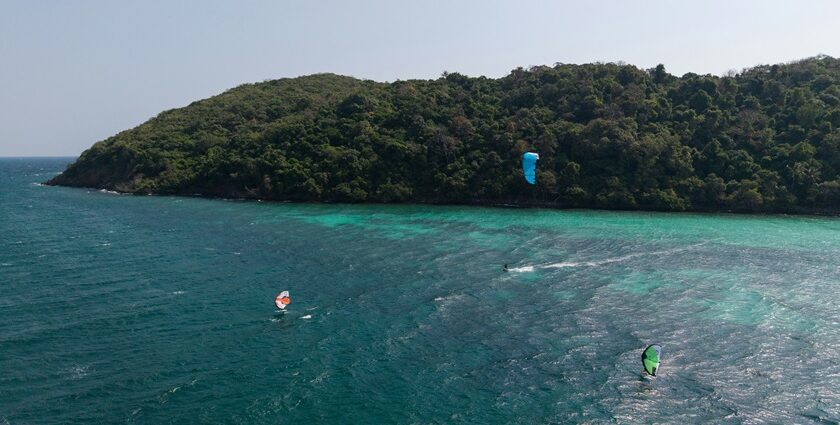The Tuvalu Island is a small island nation in the Pacific Ocean between Australia and Hawaii. It consists of nine coral atolls and has a population of around 11,000 people. The country follows the Tuvaluan and English languages, and its economy primarily depends on fishing and remittances. Due to its low-lying geography, the island is vulnerable to rising sea levels. Visitors can experience a peaceful environment, warm hospitality, and clear waters. Its tropical climate offers a warm atmosphere throughout the year, making it a suitable destination for family-friendly trips.
Location
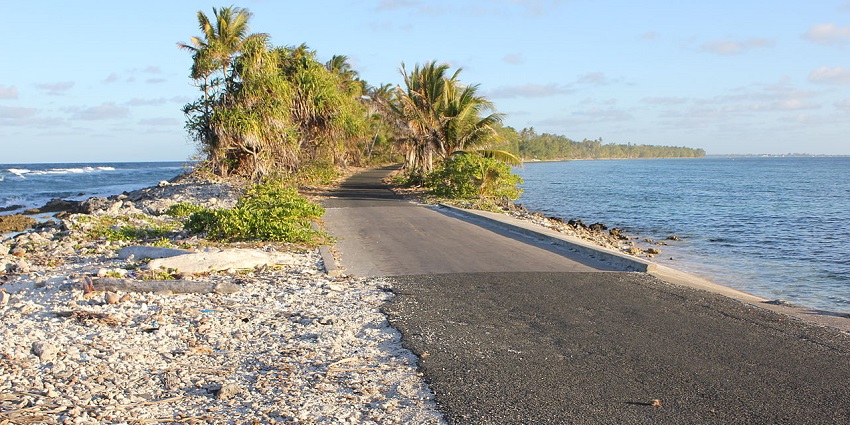
Photo: Department of Foreign Affairs and Trade / Wikimedia Commons
The Tuvalu Island is in the Pacific Ocean, approximately 4,000 kilometres northeast of Australia. It lies south of Kiribati and north of Fiji. It covers an area of 26 square kilometres, making it one of the world’s smallest nations. The country consists of several atolls and reef islands, with Funafuti serving as the capital. Due to its remote location, the Island remains relatively untouched, offering visitors an opportunity to experience a simple and traditional island lifestyle.
Suggested Read: Places To Visit In Fiji
How To Reach

Photo: Michael Coghlan / Wikimedia Commons
By Road: Funafuti has local buses, but these only cover short distances. Public transport is available near major attractions, making it easier for travellers to explore. People commonly use taxis for transportation in Funafuti. Since the island is small, taxi rides are affordable and convenient for exploring different locations.
By Air: The only international airport in Tuvalu is Funafuti International Airport (FUN). Flights from Suva, Fiji, operated by Fiji Airways, provide connectivity. Travellers often transit through Fiji before reaching Tuvalu.
Places To Visit Around The Tuvalu Island
While exploring the Tuvalu Island, consider visiting these nearby attractions to have an amazing experience during the trip:
1. Funafuti Lagoon
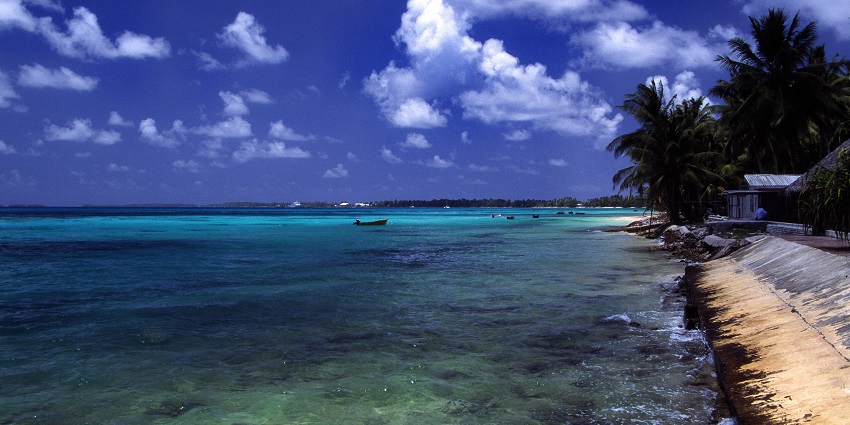
Photo: Stefan Lins / Wikimedia Commons
Funafuti Lagoon is the largest lagoon in Tuvalu, offering clear waters ideal for aquatic activities. Snorkelling enthusiasts can explore coral reefs teeming with diverse marine life, including tropical fish and sea turtles. The calm waters allow for boat trips where visitors can witness local fishing techniques and learn about the region’s conservation efforts. Fishing remains a key activity, with traditional methods still practiced by the islanders. The lagoon’s ecological significance makes it a valuable location for marine researchers and nature lovers.
Major Attraction: Snorkelling and marine biodiversity
Timings: Open all day
Distance From The Island: 1 km
Suggested Read: Places To Visit On The Solomon Islands
2. Amatuku Motu

Photo: R. Henrik Nilsson / Wikimedia Commons / Image For Representation Only
Amatuku Motu is a small islet known for its maritime heritage, particularly boat-building and seafaring traditions. The island hosts a maritime school where students learn modern and traditional navigation techniques. Skilled craftsmen construct wooden canoes using age-old methods, passing down knowledge through generations. Visitors can observe these artisans at work and gain insight into the historical importance of seafaring in Tuvaluan culture. The island also provides an opportunity to understand how maritime skills influence daily life in this region.
Major Attraction: Maritime school and boat-building traditions
Timings: 9 AM – 5 PM
Distance From The Island: 2 km
3. Nui Atoll
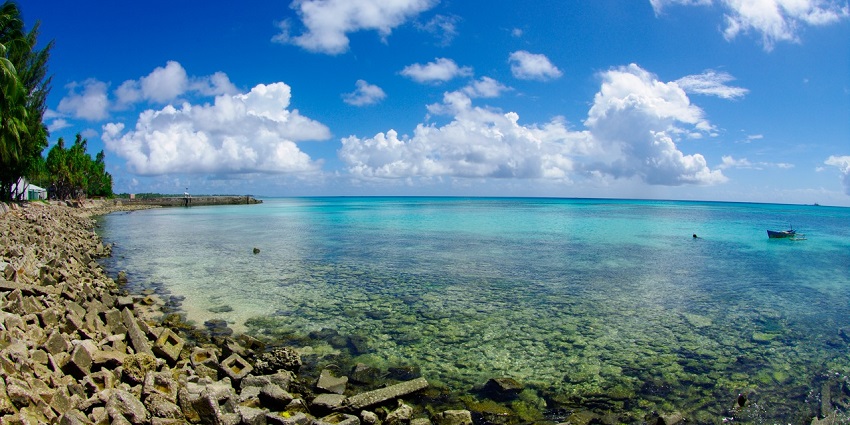
Photo: INABA Tomoaki / Wikimedia Commons / Image For Representation Only
create a serene and unspoiled tropical escape.
Nui Atoll offers visitors a glimpse into Tuvalu’s rich cultural traditions, where music, dance, and storytelling are an integral part of the community. Locals demonstrate traditional weaving techniques, creating intricate mats and baskets from pandanus leaves. Visitors can interact with artisans who share stories about their ancestors and heritage. The atoll also offers an authentic dining experience. Here dishes prepared with local ingredients provide insight into Tuvaluan culinary customs. Community gatherings often feature performances that highlight the island’s strong connection to its past.
Major Attraction: Traditional dance and crafts
Timings: Open all day
Distance From The Island: 3 km
Suggested Read: Kiribati Island
4. Funafuti Conservation Area
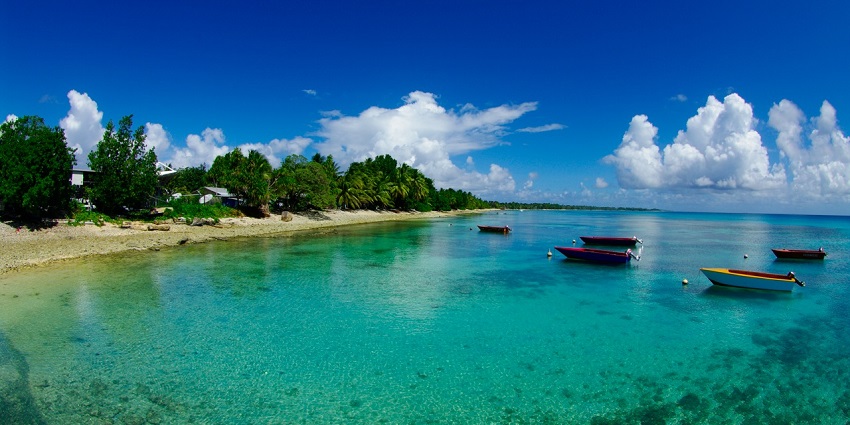
Photo: INABA Tomoaki / Wikimedia Commons / Image For Representation Only
teeming with coral reefs, exotic fish, and diverse bird species.
Funafuti Conservation Area covers 33 square kilometres, protecting marine biodiversity and serving as a vital research site. The coral reefs within the area support an array of aquatic species, drawing snorkelers and divers eager to explore this underwater world. Guided tours provide an educational experience, detailing conservation efforts and the importance of preserving marine ecosystems. The area also serves as a nesting ground for sea turtles, allowing visitors to observe these creatures while learning about local efforts to safeguard their habitat.
Major Attraction: Marine conservation and guided tours
Timings: 8 AM – 6 PM
Distance From The Island: 5 km
Things To Do On The Tuvalu Island
Here are some of the exciting things to do on the Tuvalu Island for a thrilling island adventure with your family and friends:
1. Indulge In Local Island Sports

Photo: Jim Thirion / Unsplash / Image For Representation Only
Tuvalu’s traditional sports are more than just games; they’re a vibrant part of local life and culture. Visitors can join in friendly matches of kilikiti (a Samoan version of cricket) or volleyball with welcoming locals. These island sports are often played during community events and festivals, making it a fun way to connect with Tuvaluans. Whether you’re participating or cheering from the sidelines, these sports are some of the most fun things to do in Tuvalu. It’s a great opportunity to experience authentic island spirit and enjoy an active, fun-filled day.
Suggested Read: Water Sports At The Solomon Islands
2. Take A Day Tour Of Afelita Island
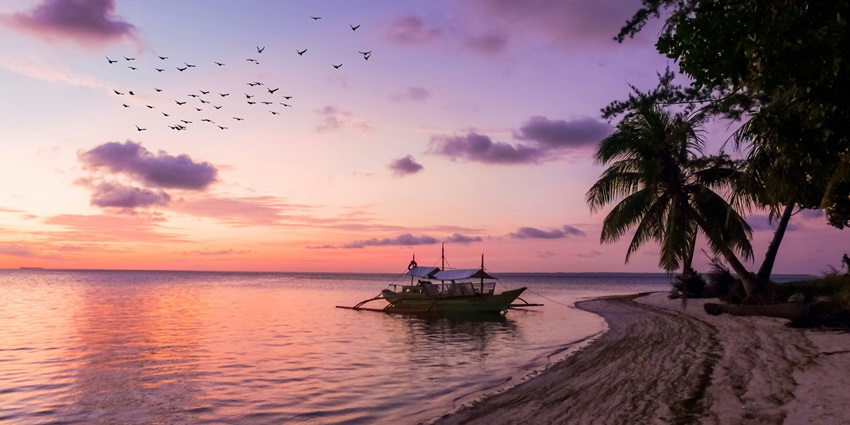
Photo: Cris Tagupa/ Unsplash / Image For Representation Only
A day tour to Afelita Island offers a tranquil escape into Tuvalu’s untouched beauty. This lesser-known gem features serene beaches, gentle waves, and lush surroundings that invite relaxation. Visitors can enjoy a quiet walk along the shore, go shell collecting, or simply bask under the tropical sun. Local guides may share stories of the island’s history and culture, enriching your visit. This island tour is one of the must things to do on your Tuvalu trip. It’s an ideal spot for those seeking solitude or a peaceful picnic by the sea.
3. Explore The Tuvalu National Library

Photo: Priscilla Du Preez/ Unsplash / Image For Representation Only
The Tuvalu National Library is a treasure trove of knowledge, culture, and history. It houses a collection of books, records, and documents that offer insight into Tuvalu’s unique heritage and development.The library provides a quiet, air-conditioned space to learn more about this remote Pacific nation. Visitors can find literature on climate change, traditional customs, and island life. This library is one of the most unique places to visit on The Tulavu Island, especially for book lovers.
Suggested Read: Fiji Nightlife
4. Diving And Snorkelling
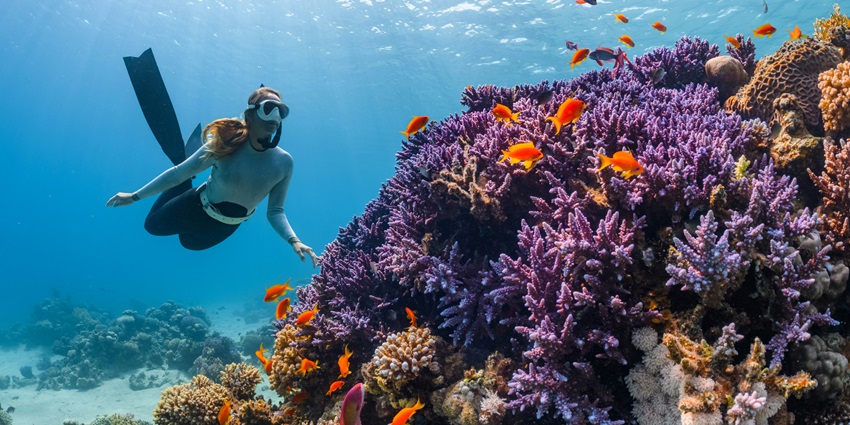
Photo: NEOM / Unsplash / Image For Representation Only
Tuvalu’s crystal-clear waters and abundant marine biodiversity make it a haven for diving and snorkelling enthusiasts. Discover vibrant coral reefs teeming with colorful fish, sea turtles, and other marine creatures. The calm lagoons around Funafuti and the outer islands provide ideal conditions for underwater exploration, even for beginners. These adventurous water activities are some of the most thrilling things to do on the Tulavu island. Local dive operators offer guided tours, gear rental, and safety briefings to ensure a smooth experience. Snorkel near the reef edge or dive deeper for a surreal view of Tuvalu’s underwater paradise, it’s an unforgettable aquatic adventure.
5. Yachting
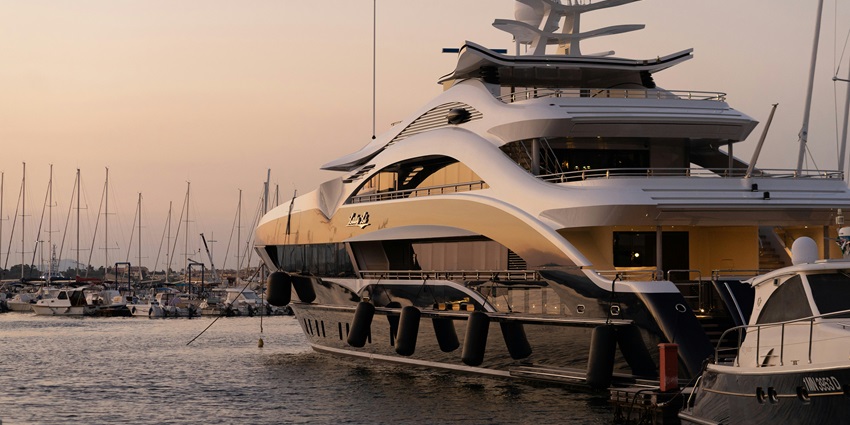
Photo: Eugene Chystiakov / Unsplash / Image For Representation Only
Sailing through Tuvalu’s calm, turquoise waters by yacht offers a unique perspective of the archipelago’s stunning atolls. Chartering a yacht allows you to explore multiple islets at your own pace, with stops for swimming, snorkelling, or sunbathing on uninhabited beaches. The experience is both luxurious and peaceful, offering panoramic views of the ocean and sky. Whether you’re watching flying fish skim the waves or catching a breathtaking sunset from the deck, yachting in Tuvalu is an experience of pure island serenity and adventure combined.
Suggested Read: Beaches In Fiji For A Perfect Coastal Getaway To Enjoy
Where To Stay

Photo: lirneasia / Wikimedia Commons / Image For Representation Only
Tuvalu provides visitors with accommodations that emphasise comfort and cultural immersion. Small hotels and guesthouses offer essential amenities, ensuring a convenient stay. Many of these lodgings are family-operated, allowing guests to interact with locals and gain insight into Tuvaluan customs. Some accommodations provide traditional meals made with fresh island ingredients, adding a culinary dimension to the experience. Staying in a guesthouse also presents an opportunity to participate in community activities, such as fishing or weaving. This offers a meaningful connection to local traditions and daily life.
Where To Eat
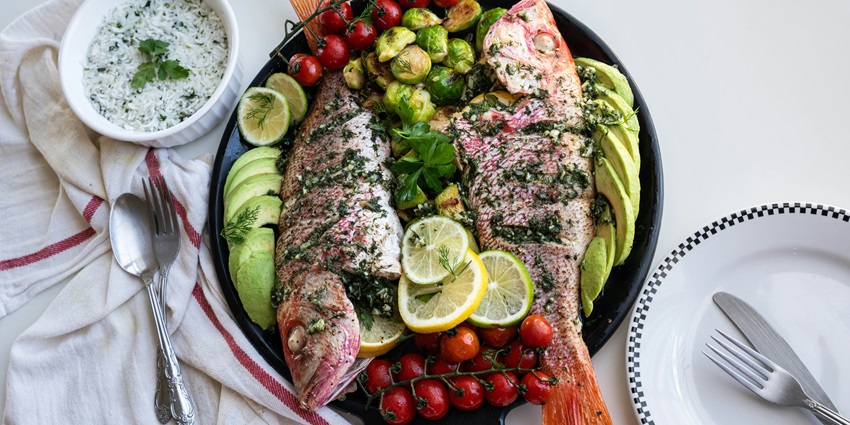
Photo: Anju Ravindranath/ Unsplash / Image For Representation Only
Dining in Tuvalu revolves around fresh, locally sourced ingredients prepared using time-honoured techniques. Small eateries and family-run restaurants serve dishes such as grilled fish, taro, and coconut-infused delicacies. Many meals highlight the importance of seafood, with specialties such as tuna sashimi and coconut crab reflecting the island’s rich marine resources. Visitors can enjoy traditional underground cooking methods, which enhance the flavours of root vegetables and meats. Eating in Tuvalu extends beyond nourishment; it is a cultural exchange. This allows guests to appreciate the depth of island traditions through authentic flavours.
Suggested Read: Things To Do On The Kiribati Island For Adventure And Relaxation
Other Factors To Consider
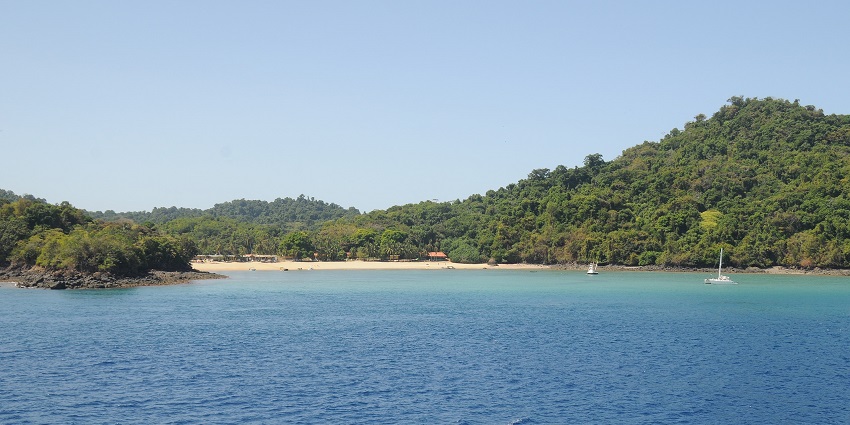
Photo: David Broad / Wikimedia Commons / Image For Representation Only
Travellers seeking favourable weather conditions should plan their visit between May and October. These months bring drier days, making it easier to explore the islands without interruptions from heavy rainfall. The consistent warmth throughout the year supports various activities, such as snorkelling, island hopping and cultural gatherings. Visitors during this period can witness community events and local festivals, which provide a deeper appreciation of Tuvalu’s heritage.
Tips For Travellers
- Carry cash, because ATMs are not widely available.
- Respect local customs and dress modestly.
- Check the Tuvalu Island map for navigation assistance.
- Pack lightweight clothing due to the warm climate.
- Weather changes here frequently, so be prepared for the unpredictable.
The Tuvalu Island offers an opportunity to experience island life through its traditions, warm communities, and coastal environment. Visitors may explore coral atolls, interact with locals, and witness generations-old cultural practices. The surrounding waters provide a setting for fishing and traditional canoeing, while village gatherings highlight the importance of community bonds. Families visiting Tuvalu can enjoy local festivals, authentic cuisine, and storytelling sessions that reflect the nation’s heritage. Plan your trip with TripXL to uncover Tuvalu’s distinct charm.
Cover Photo: Jim Thirion/ Unsplash / Image For Representation Only


 WhatsApp
WhatsApp
 Twitter
Twitter
